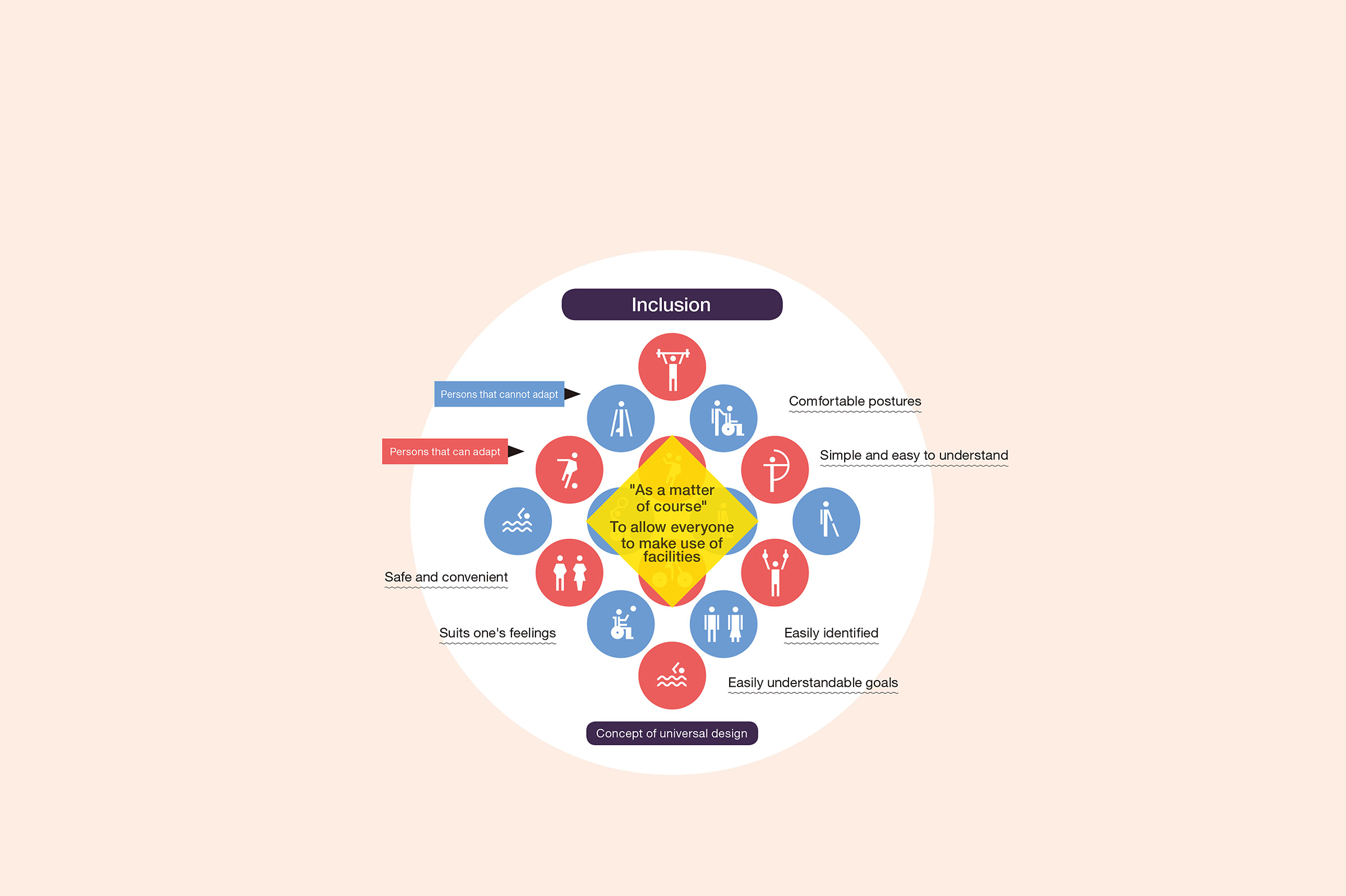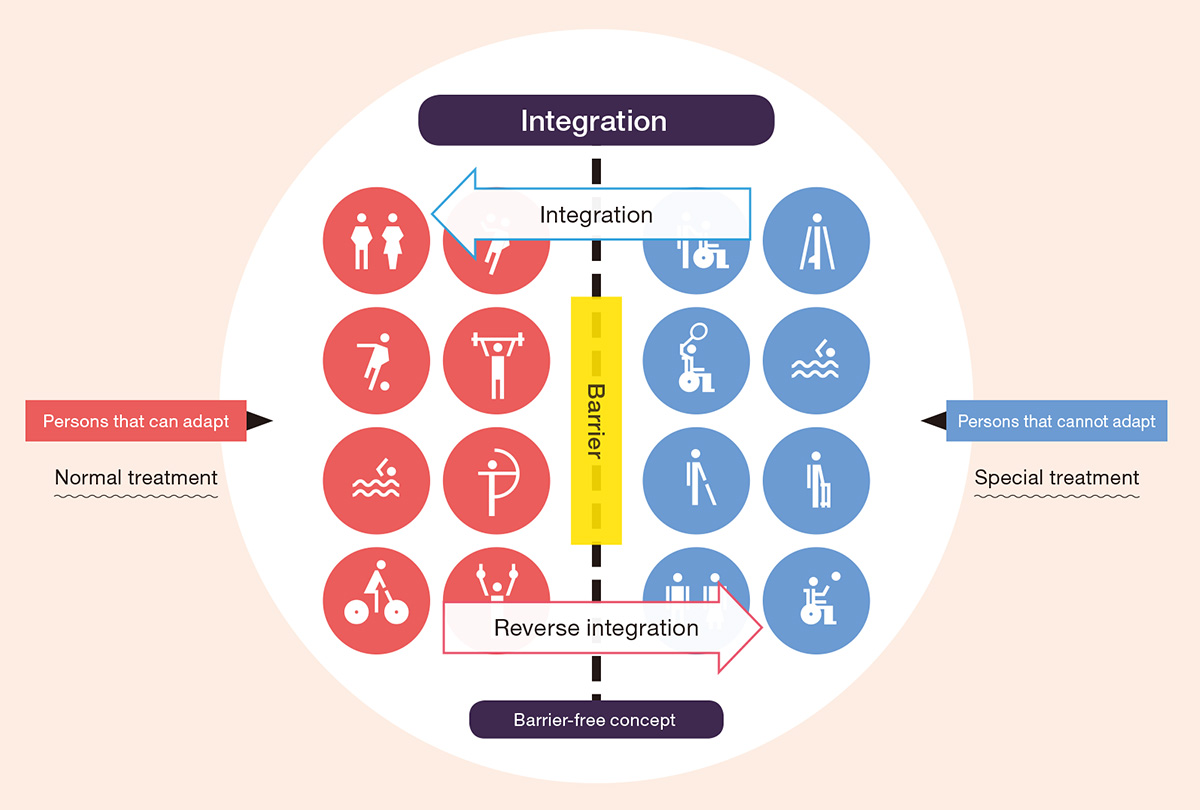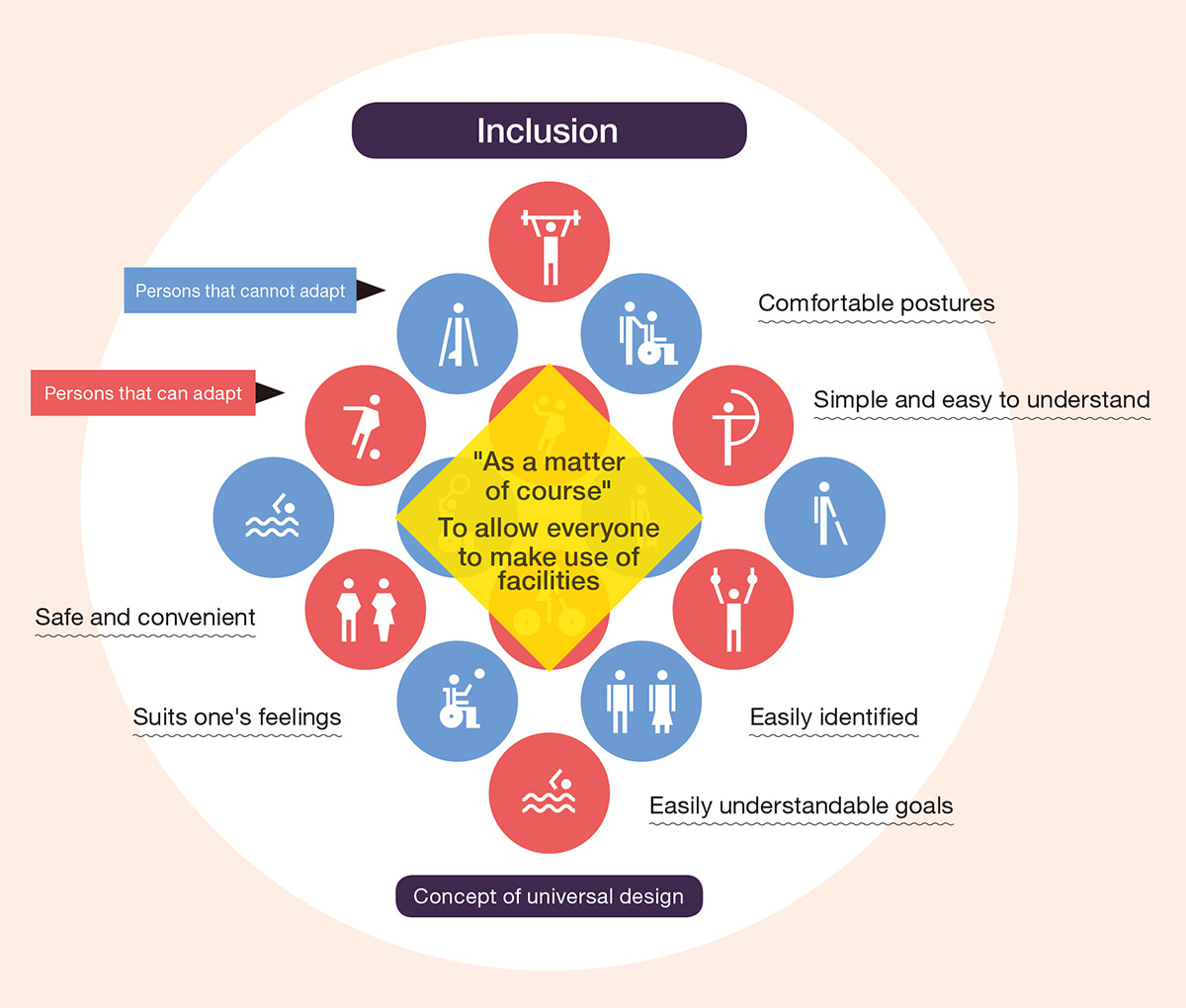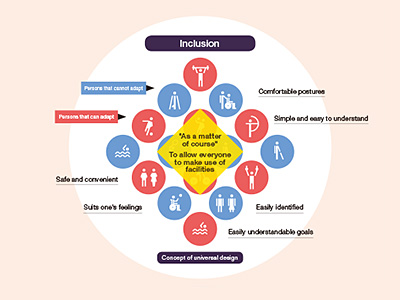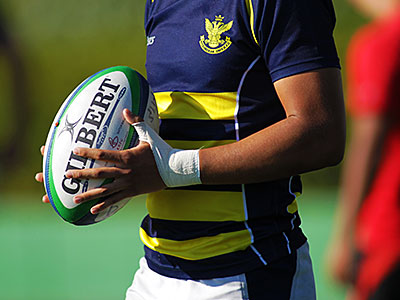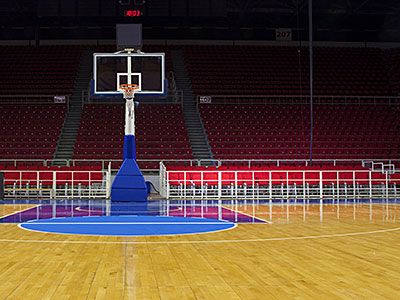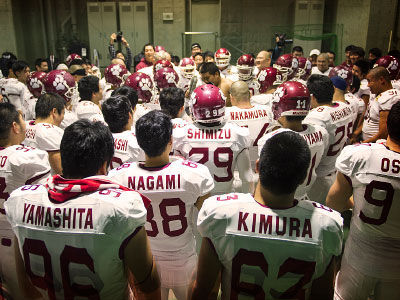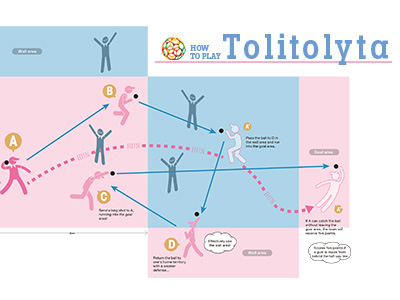STORY #2
What type of sport facilities can
allow people both with and
without disabilities to enjoy
sports/exercise together?
Chihiro Kanayama
Professor, College of Social Sciences
Consider this from a viewpoint of inclusion that looks
to "commonality" rather than "differences."
In recent years, increased attention has been given to both the Paralympics and the Olympics. The media increasingly features athletes achieving world-class performance in individual events for para-sports, such as wheelchair basketball, for example. However, considering everyday life, are there opportunities for people with disabilities and without disabilities to play and enjoy sport together?
"With increasing levels of attention being given to adapted physical activity and sport, mainstream discussions have been focusing on the idea that people with disabilities and without disabilities should enjoy sports 'together' without separating them," explains Chihiro Kanayama, engaged in research focusing on opportunities for people with disabilities to play sports, with her background of knowledge on sports management and targeting the promotion of adapted physical activity and sport. She explains that the real intention of adapted physical activity and sport is the "Development of sport adapted to each person by contriving favorable rules and sporting goods without adhering to personal physical capabilities, age, or disability," and continues that what is considered especially important for their promotion is the concept of "inclusion."
For adapted physical activity and sport in Japan, concepts of separation, integration, and then inclusion have been introduced and materialized in series. Kanayama explains, "While integration pays attention to differences such as individual disabilities and individuality, and enables people to adapt to sport they cannot do by using tools and different rules, the concept of inclusion is to discover what is in common before what is different." This means to think about tools and rules that everyone can make use of, whether one has a disability or not. According to Kanayama, this overlaps the shift from "barrier-free design" to "universal design."
Concept of integration
Concept of inclusion
Kanayama explains that taking a cue from the enactment of the Basic Act on Sport in 2011, which heralds the promotion of sport for people with disabilities, the development of adapted sport in communities is shifting from sport facilities with priority for people with disabilities to general public sport facilities. In other words, it means that inclusion is being promoted at public sport facilities, but the reality of this is not that visible. Kanayama's interest is to clarify issues from the perspective of quantitative data and to place focus on solutions. "Above all, the absolute number of people with disabilities is fewer compared to those without a disability. Conventional research on adapted physical activity and sport has mainly focused on the individuality of disabilities, and there are not that many quantitative reports. However, to move society or the government, scientific evidence based on quantitative data is emphasized," says Kanayama explaining the high importance of quantitative research.
As part of this effort, Kanayama conducted a survey on the evaluation of service quality toward people with disabilities using facilities at three different types of public sport facilities. The facilities subject to the survey were of three types, namely, facilities dedicated to people with disabilities, shared facilities with priority use for people with disabilities, and general public facilities that can be used by anyone. One of the results revealed by analyzing user responses to 33 questions was that shared and general public types of facilities that were inclusive were highly appreciated by people with disabilities in terms of their "facilities." For people with disabilities, a clear announcement of "This facility can be used by anyone with a disability," is directly related to whether they will use it or not. In addition, facilities that are inclusive received a favorable evaluation from people with disabilities in terms of "sense of empathy," such as staff consideration and attentive service. However, an analysis in further detail also revealed that evaluations of the "appeal that facilities can be used" and "greater attention given" were not necessarily linked to satisfaction with actual use.
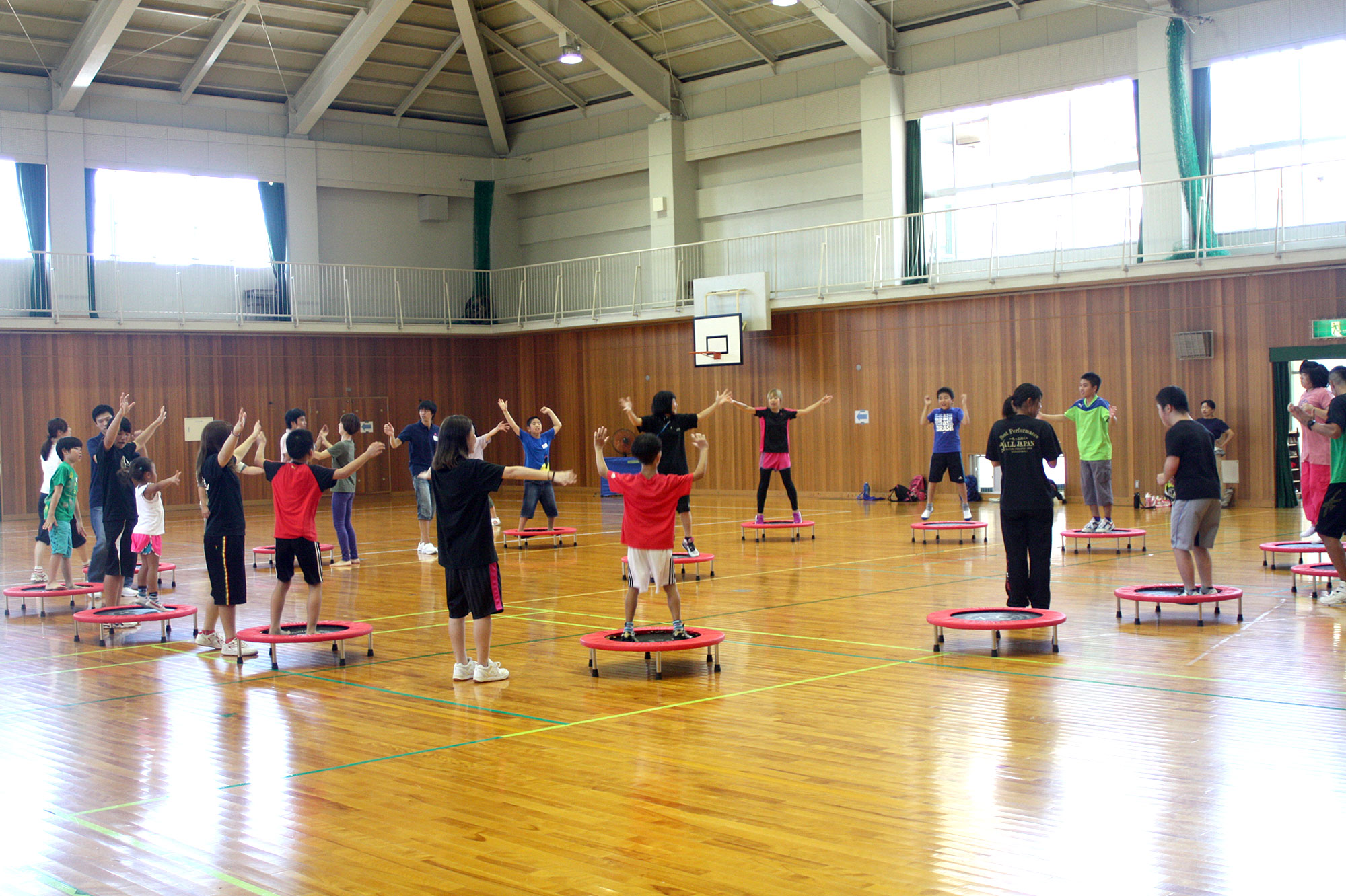
"Private companies are often involved in the management of shared and general public facilities, and the challenge is that they are not sufficient in terms of their professional ability to support people with disabilities," Kanayama says. Furthermore, there is the issue of "cost" behind this. Naturally, resources are required to develop the professional capabilities of staff, so as to prepare facility equipment and tools that everyone can use. Under the current designated administrator system used by many municipalities, it is difficult to operate sport facilities in the long term, making it an obstacle to secure training opportunities for staff members and to nurture successors. Also, at service facilities with a welfare-related objective, options for users are extremely limited, thus Kanayama presents a proposal as follows. " People with disabilities should be the customer, not just a user." "Although the concept of paying user fees has not quite penetrated into adapted physical activity and sport, it is important for disabled users to increase their options for sporting opportunities by paying a nominal fee."
In addition, Kanayama will conduct a survey of service strategies by expanding subjects to 116 sport facilities with priority given to people with disabilities across Japan. "In Japan, neither policies nor responses by individual sport facilities have caught up with the quickly rising interest in adapted physical activity and sport," she says while expressing this sense of crisis. Research conducted by Kanayama that focuses on the opinions of people with disabilities in a "quantitative" manner is sure to greatly contribute to establishing more inclusive facilities in Japan in the near future.
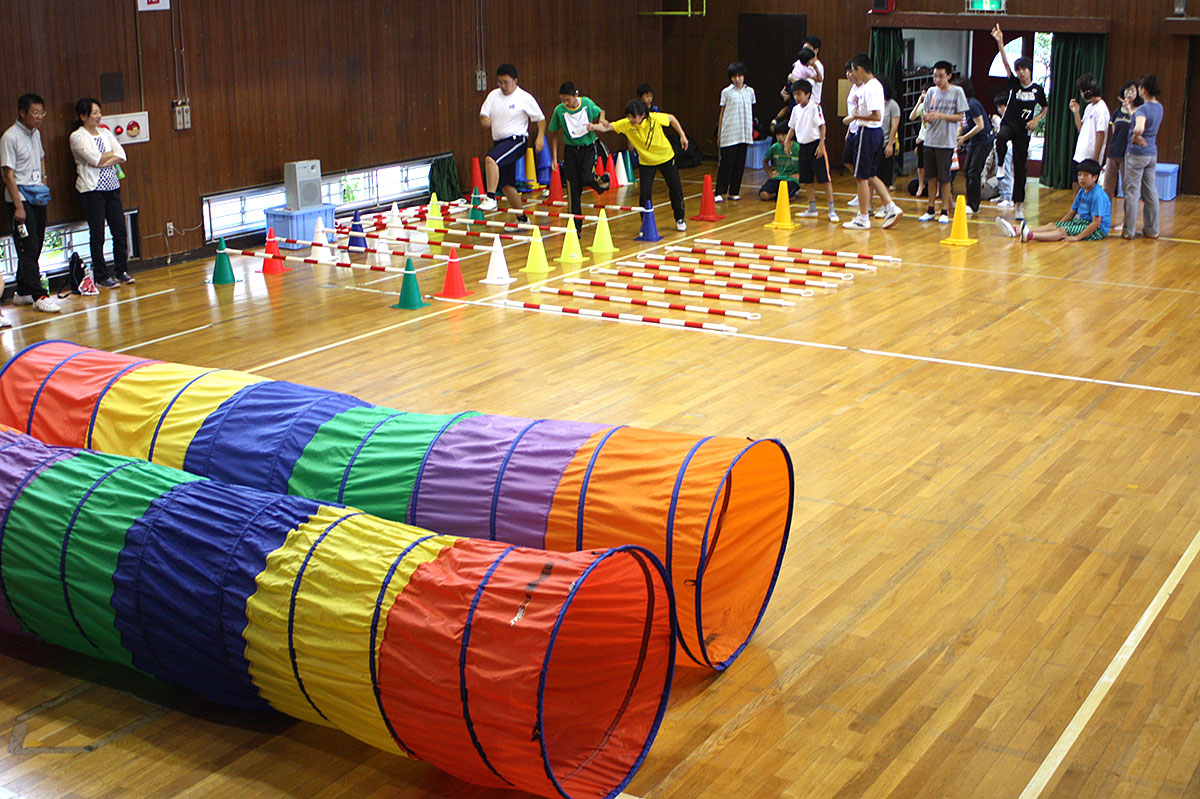
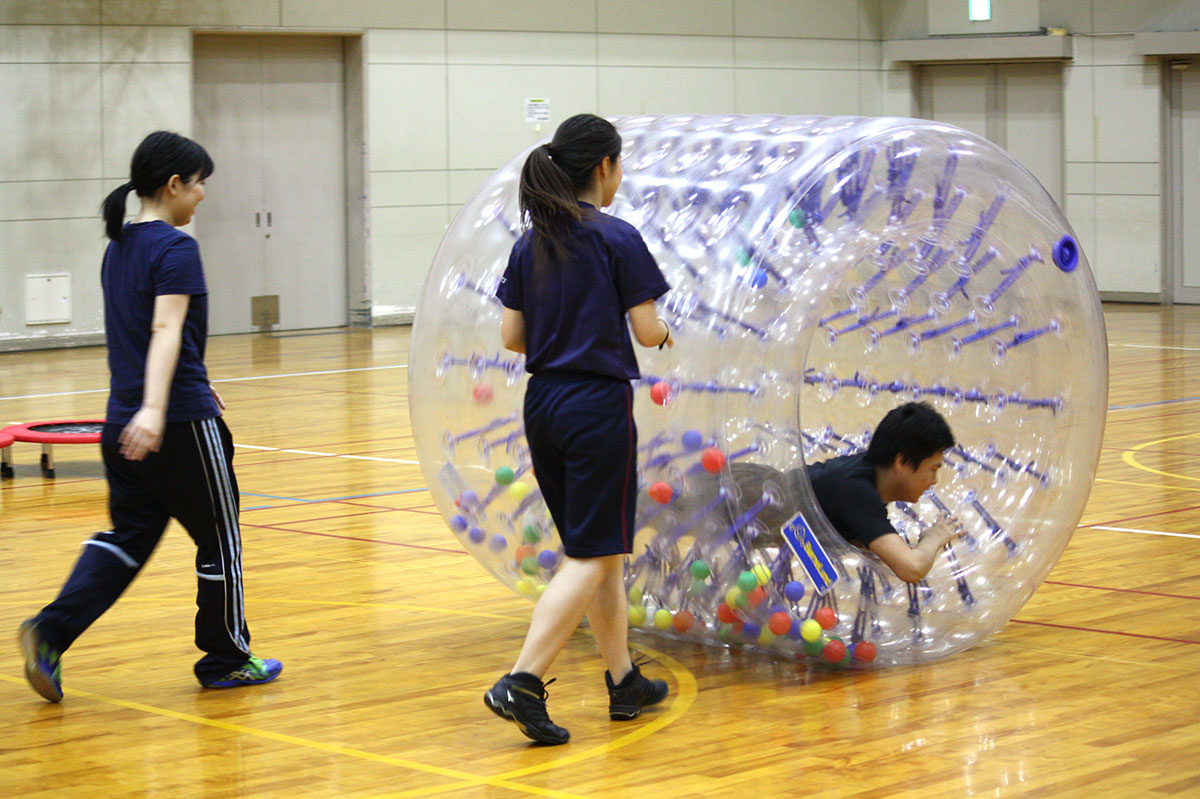
Scene from a shared sport facility
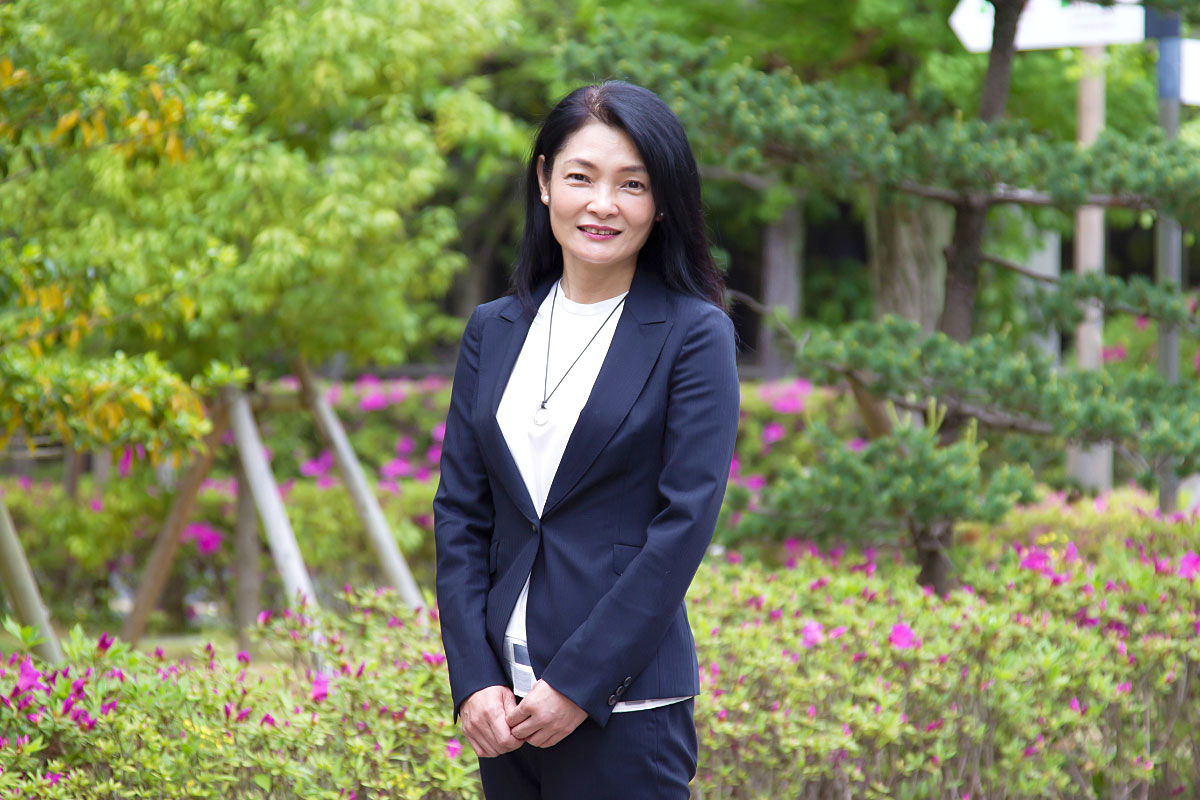
Chihiro Kanayama
Professor, College of Social Sciences
Subject of Research: Research on the preferred shape of physical education and sport in an inclusive society with people with disabilities as subjects and with supporters such as teachers, instructors, and volunteers, in addition to support organizations such as schools and public sport facilities.
Research Keyword: Sports Science
